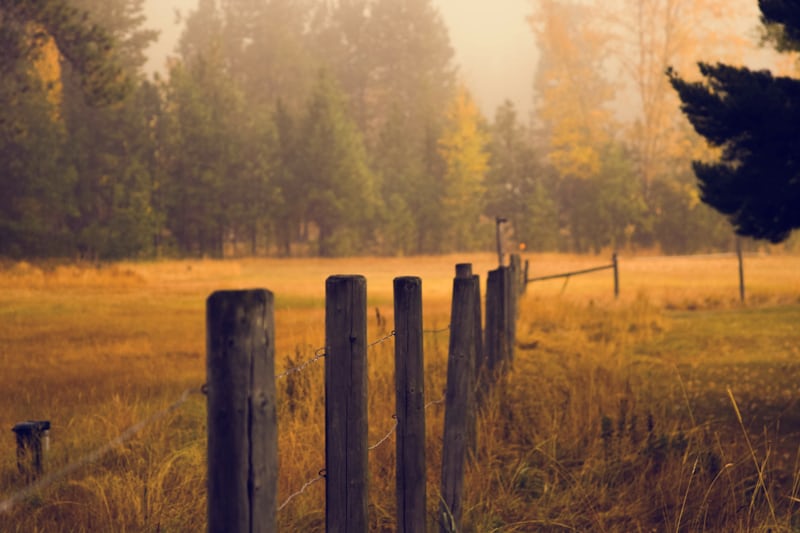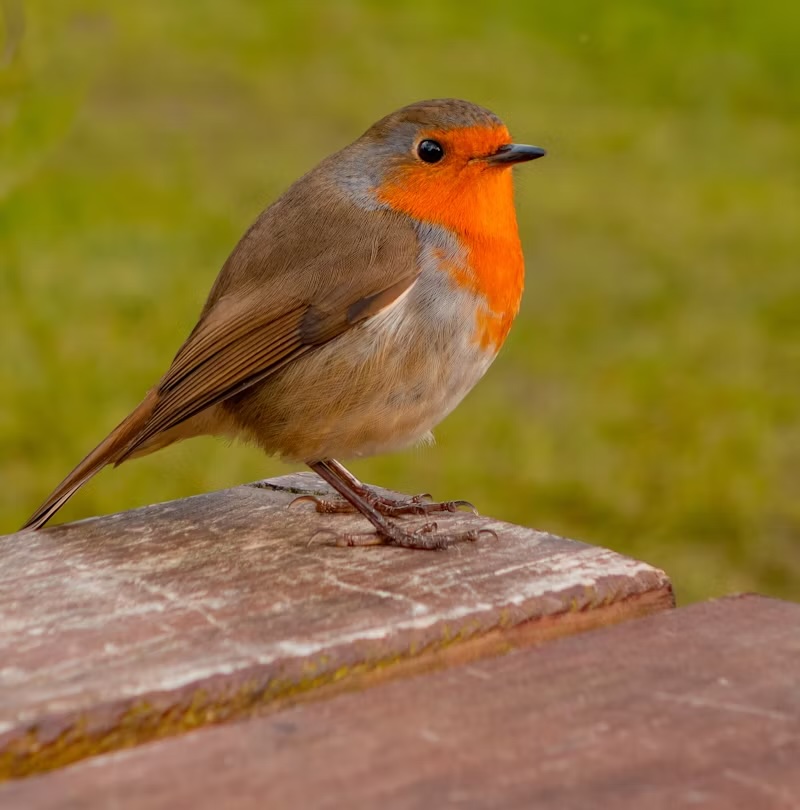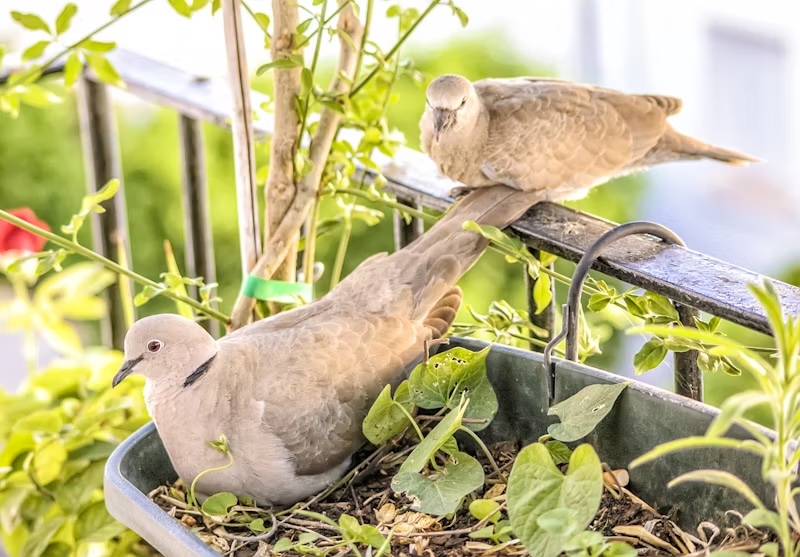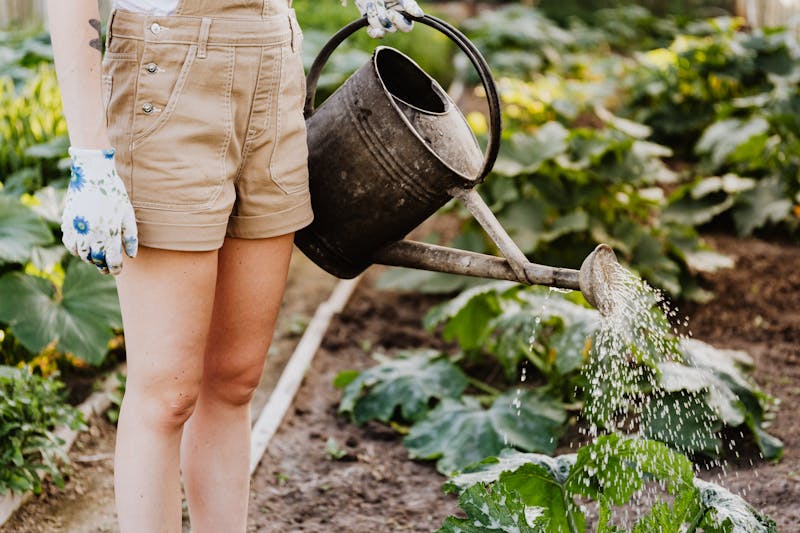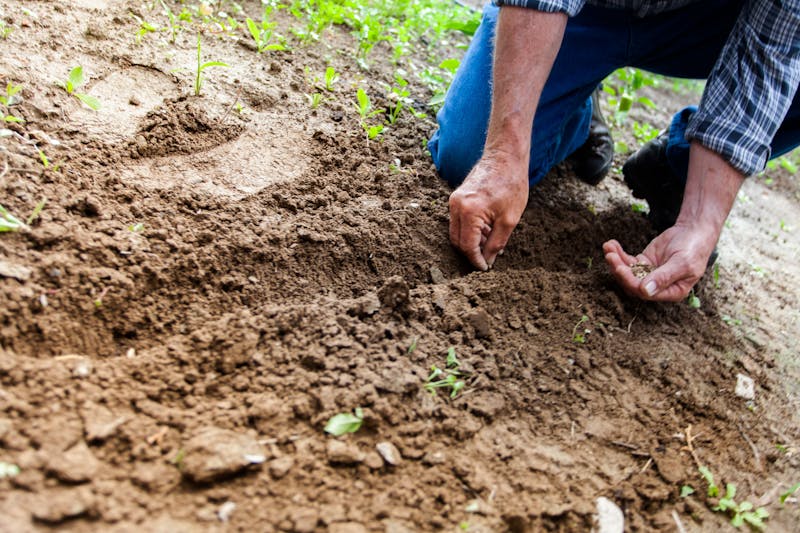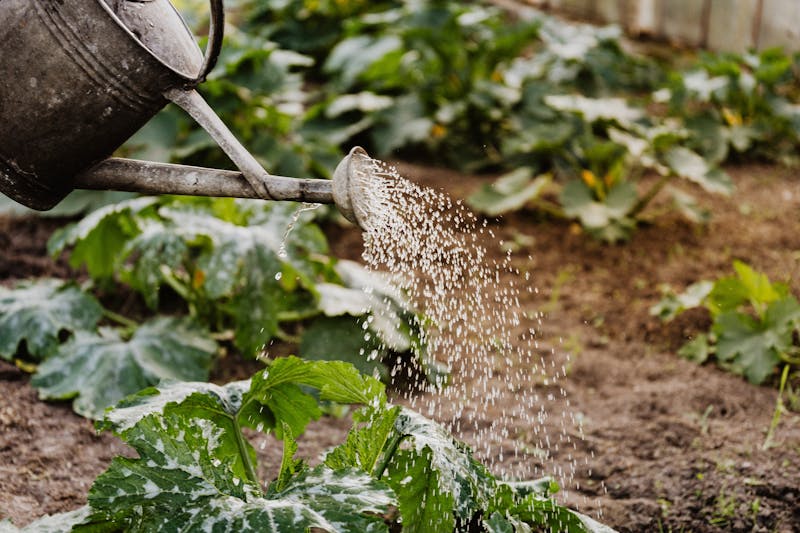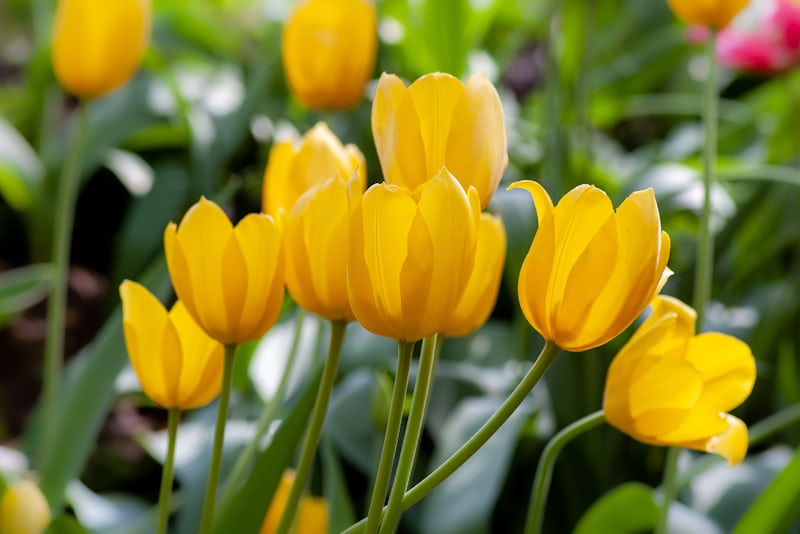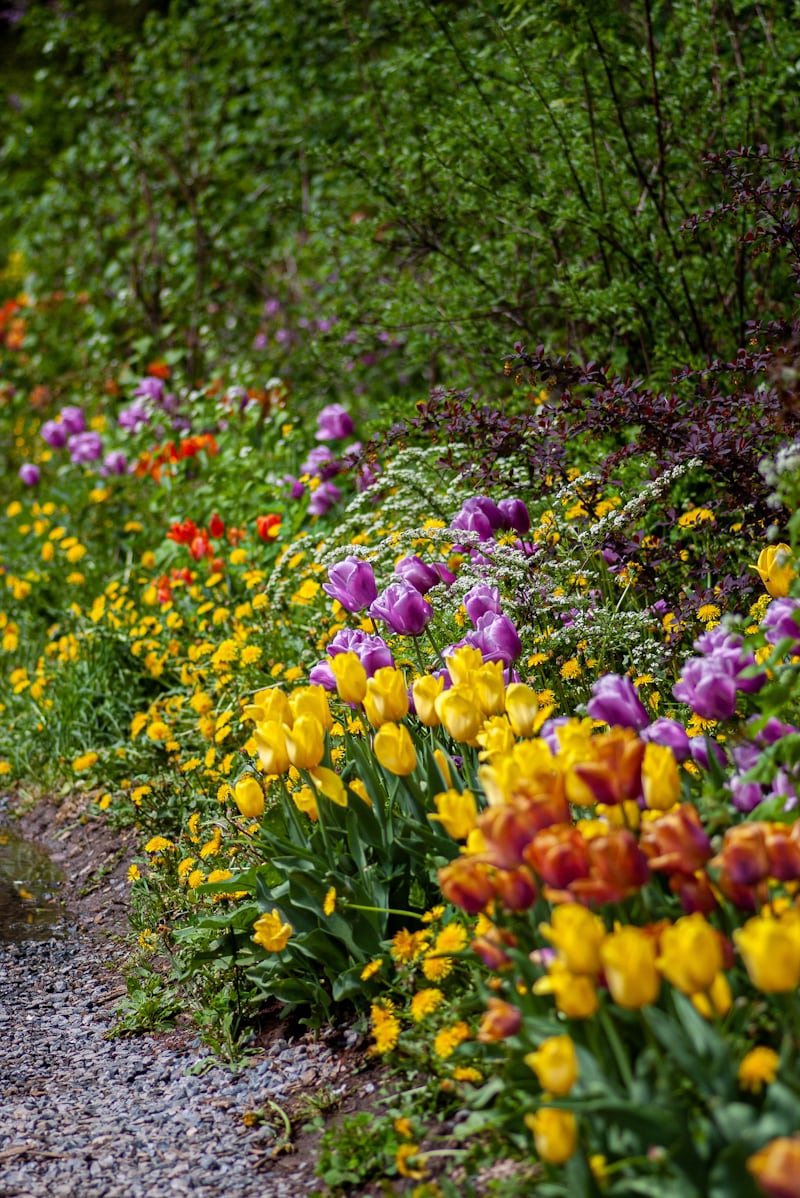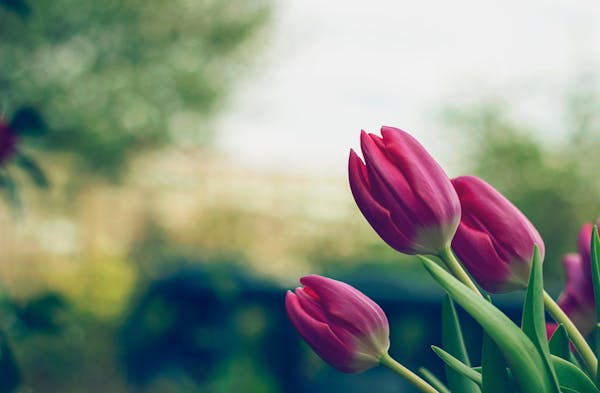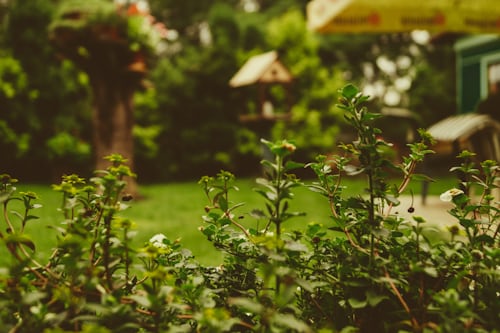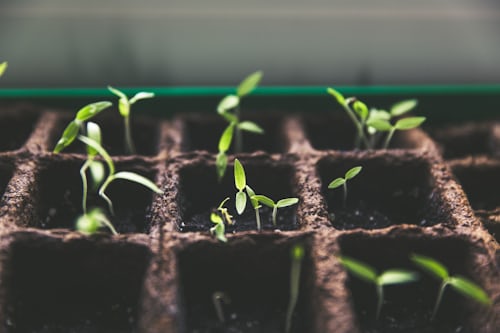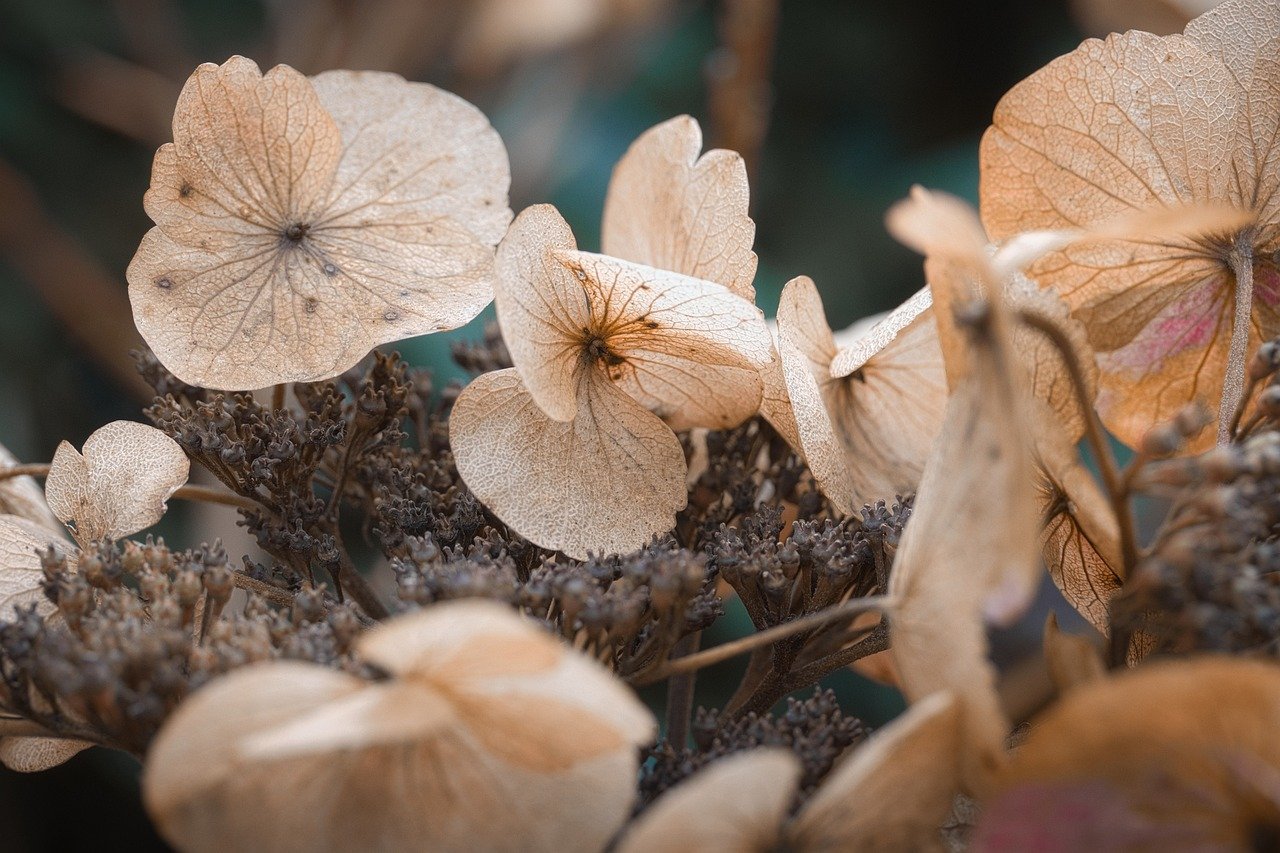As summer fades and the days grow shorter, many gardens can lose their vibrancy. However, with the right selection of perennials, you can design a fall garden that bursts with color and interest even as temperatures begin to drop.
Here’s how to create a stunning fall garden using top-performing perennials that thrive in autumn:
1. Asters
Asters are a quintessential fall flower, offering daisy-like blooms in shades of purple, pink, blue, and white. These hardy perennials provide a late-season nectar source for pollinators and can brighten up your garden as other plants begin to fade. Plant them in full sun for best results and pair them with ornamental grasses for a striking contrast.
2. Chrysanthemums (Mums)
Chrysanthemums are a staple of fall gardens, known for their bold, cheerful blooms in hues of red, orange, yellow, and white. They’re perfect for garden beds, borders, or containers, adding texture and color to any design. To ensure they return each year, choose hardy varieties and plant them early in the season to establish strong roots.
3. Sedum (‘Autumn Joy’)
Sedum, particularly the variety ‘Autumn Joy,’ is a must-have for fall gardens. Its succulent-like foliage transitions into stunning pink, red, or copper tones as the season progresses. This low-maintenance perennial thrives in sunny spots and is drought-tolerant, making it ideal for a variety of garden styles.
4. Goldenrod (Solidago)
Goldenrod’s brilliant yellow plumes are a standout feature in any fall garden. Despite its reputation for causing allergies (a myth—it’s actually ragweed), goldenrod is an excellent pollinator-friendly plant that adds warmth and vibrancy to your landscape.
5. Japanese Anemones
Japanese anemones are elegant perennials with delicate, cup-shaped flowers in shades of pink and white. They bloom from late summer into fall, bringing a soft, romantic feel to your garden. These plants thrive in partial shade and are perfect for woodland or cottage-style gardens.
6. Coneflowers (Echinacea)
While coneflowers often bloom in summer, many varieties, like ‘Cheyenne Spirit,’ continue to flower well into fall. Their bold colors and distinctive central cones make them a favorite for both gardeners and pollinators. They’re drought-tolerant and easy to grow, adding height and interest to your garden.
7. Heuchera (Coral Bells)
Heuchera is known for its striking foliage, which comes in shades of burgundy, lime green, silver, and more. While it doesn’t produce showy flowers in fall, its vibrant leaves provide a rich backdrop for other autumn blooms. Coral bells are versatile and thrive in partial to full shade, making them a great choice for diverse planting areas.
8. Helenium (Sneezeweed)
Helenium adds fiery shades of red, orange, and yellow to your fall garden. Its daisy-like flowers are long-lasting and attract bees and butterflies. Plant it in a sunny spot with well-drained soil to enjoy its vibrant display.
9. Ornamental Grasses
While not a flowering perennial, ornamental grasses like switchgrass, fountain grass, and miscanthus offer texture, movement, and subtle autumn hues to your garden. Their seed heads catch the light beautifully, adding an ethereal quality to your fall landscape.
Tips For Designing Your Fall Garden
- Layer colors and textures: Combine plants with contrasting textures, such as the bold blooms of mums with the airy plumes of ornamental grasses, to create visual interest.
- Plan for continuous bloom: Choose perennials with staggered bloom times to ensure consistent color throughout the season.
- Incorporate foliage: Don’t overlook plants with stunning fall foliage, such as heuchera or hostas, which can complement flowering perennials.
- Add height and depth: Use taller plants like Japanese anemones or ornamental grasses at the back of your beds, and layer shorter plants like sedum or mums toward the front.
 By selecting these top-performing perennials and designing with color and texture in mind, you can create a fall garden that’s as lively and inviting as any summer display. Embrace the beauty of autumn, and let your garden shine as the temperatures cool.
By selecting these top-performing perennials and designing with color and texture in mind, you can create a fall garden that’s as lively and inviting as any summer display. Embrace the beauty of autumn, and let your garden shine as the temperatures cool.



 Keep Mowing (But Adjust Your Height)
Keep Mowing (But Adjust Your Height) Fall is a great time to tidy up your lawn edges and garden borders. Define the edges of your lawn, remove any debris, and clear out garden beds. This creates a neat, polished look and sets your yard up for success come spring.
Fall is a great time to tidy up your lawn edges and garden borders. Define the edges of your lawn, remove any debris, and clear out garden beds. This creates a neat, polished look and sets your yard up for success come spring. Here’s a guide to the best bulbs, trees, and shrubs to plant now for a thriving garden next year:
Here’s a guide to the best bulbs, trees, and shrubs to plant now for a thriving garden next year: